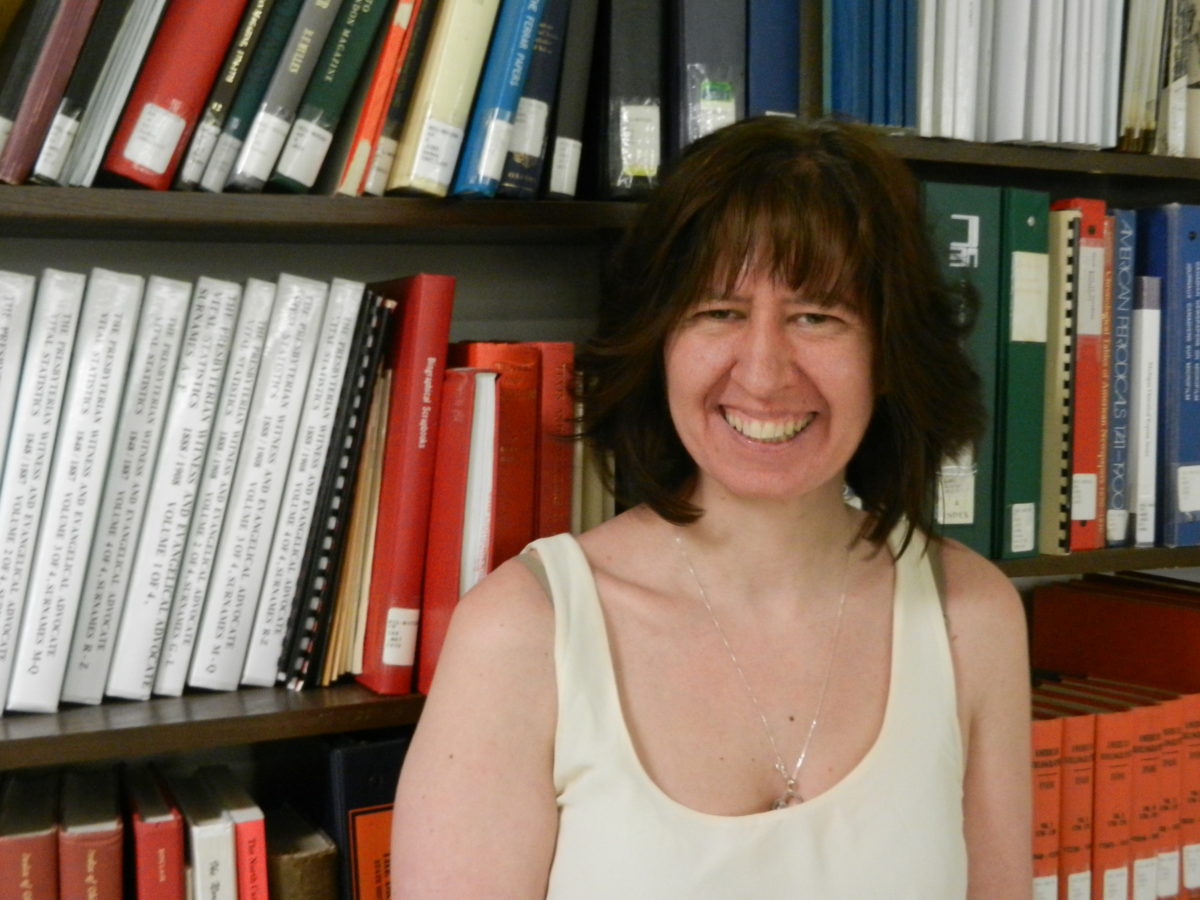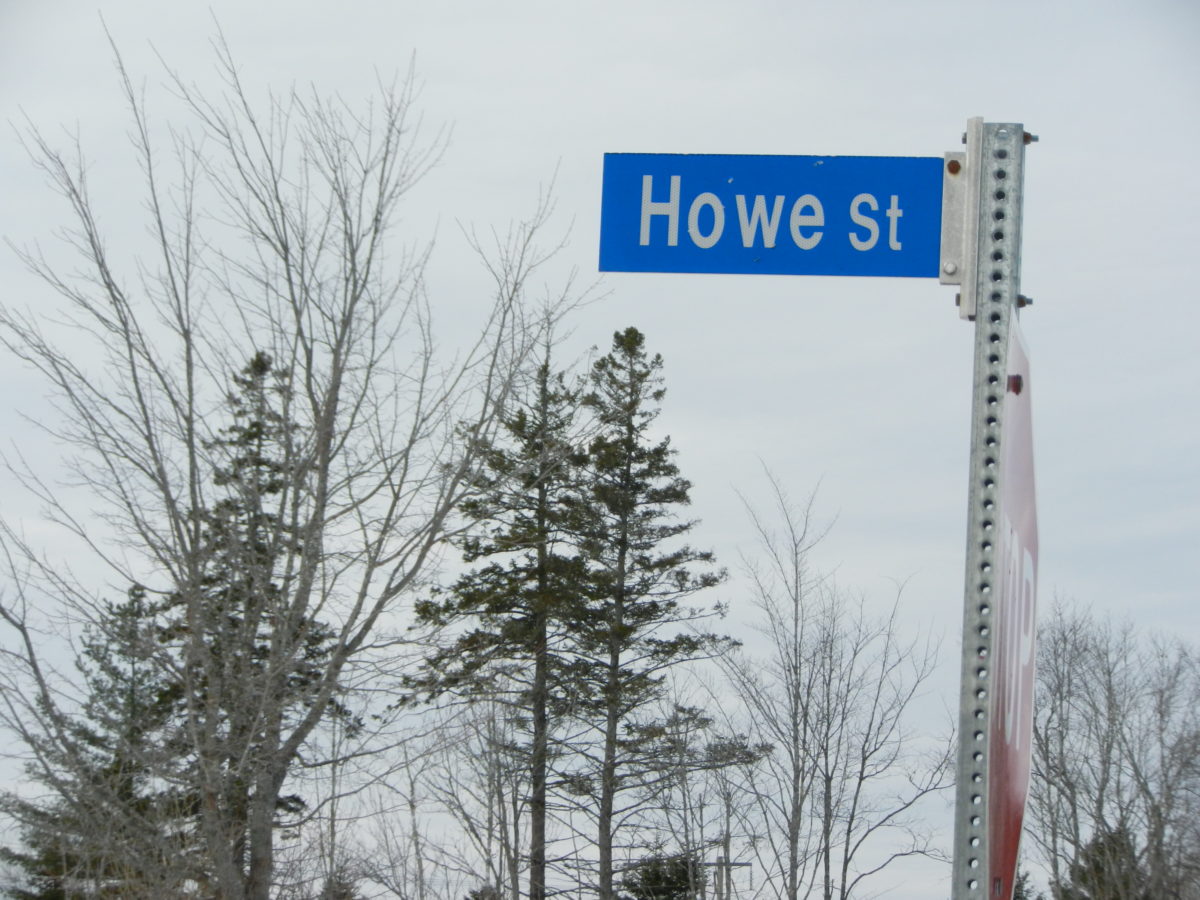
On a hot, sunny day in 2010, six researchers followed the owner of the century-old north-side property into his backyard.
Equipped with a divining rod and a “big, fancy science machine” that measures compression of the earth, they tried to locate the graves of at least 12 people. No gravemarkers guided them, and even the homeowner didn’t recall exactly where his ancestors were buried.
“It was the most challenging research request I have ever undertaken,” said Koral LaVorgna, one of the researchers with the Fredericton Local Historic Places Registry.
Documents show the Howe family patriarch, John Robert Howe, was buried in the family cemetery in May 1926. Although LaVorgna and the other researchers couldn’t find the graves, the St. Thomas Irish history lecturer says, it was an important moment in rediscovering one of the city’s forgotten founding groups. As she reflects back on that research during this Black History Month, she said it was immensely satisfying to give some history back to the black community and the Howe family.
Born in P.E.I. in 1830, John Howe joined the Fredericton black community as a teenager. At the time, the area had many small, yet thriving black neighbourhoods along Lincoln Road, Forest Hill and the North Side.
Some African-Americans arrived as free people in the 1780’s and after the War of 1812; others were slaves who had fled to Nova Scotia, which included today’s Nova Scotia and New Brunswick. Many free and enslaved people had to deal with discrimination and ostracism.
LaVorgna found runaway-slave ads in newspapers in which the “owners” described their slaves’ clothing, the darkness of their skin or possible scars that could identify them. Slavery was officially abolished in the British Empire in 1833.
Because of the lack of public records, LaVorgna turned to newspapers to find out more about the Howe family. Not everyone recorded deaths and marriages in the local paper at the time, but LaVorgna was lucky.
“He was very well respected in the community, as his obituary states. It’s a very glowing obituary about his character,” she said.
While living on the North Side with his wife and many children, John Howe worked in a mill on the South Side with black and white colleagues, and “he mixed and mingled with many of them.”
The Howe family was well known.
“They were intellectual people with a natural curiosity,” she said, adding that his family was involved in the war effort.
When LaVorgna reads from another ad concerning John Howe’s third wife, her green-hazel eyes light up.
“Whereas my wife Ida Howe has left my bed and board without cause or provocation,” she cites a text from the Gleaner.
“I hereby forbid all persons harbouring or trusting her on my account, as I will pay no debts of her contracting. Signed John Howe, St. Mary’s, 15 Sept. 1891.”
“The fact that maybe he was a little difficult to deal with sometimes in a spousal relationship, it makes him more human. He’s not just a dead, buried person of the past. He’s someone who lived, breathed, had flaws and, let’s say, he had good and bad attributes. He was human. And it’s important to know this.”
She doesn’t know when exactly John Howe’s wife returned to him, but suspects that their rift was healed.
LaVorgna presented her findings to John Howe’s descendants who are still living in the old house on Howe Street. She said it was so rewarding to give them part of their history back. As a researcher, she usually doesn’t have a real connection to the present. But she’s still in contact with the Howe family.
“[The black community] have always had a presence in Fredericton and they deserve to be re-recognized as being one of the founding fathers.”

